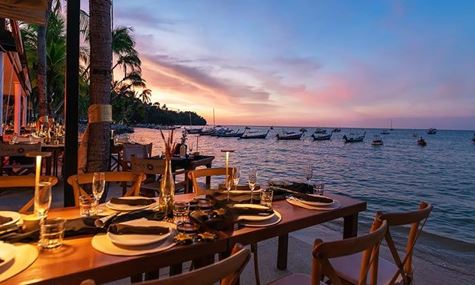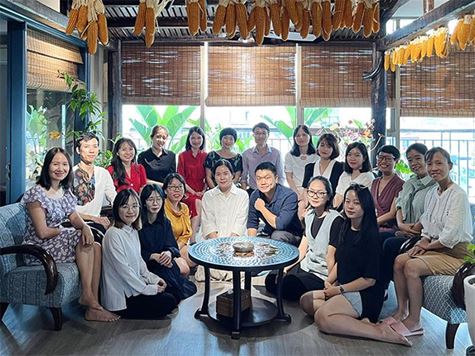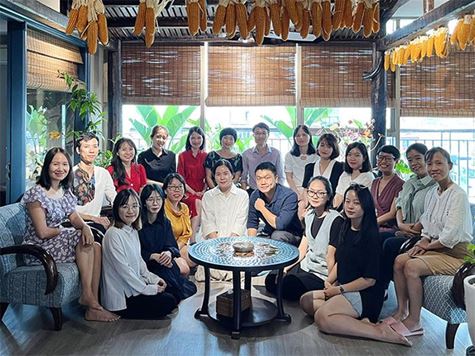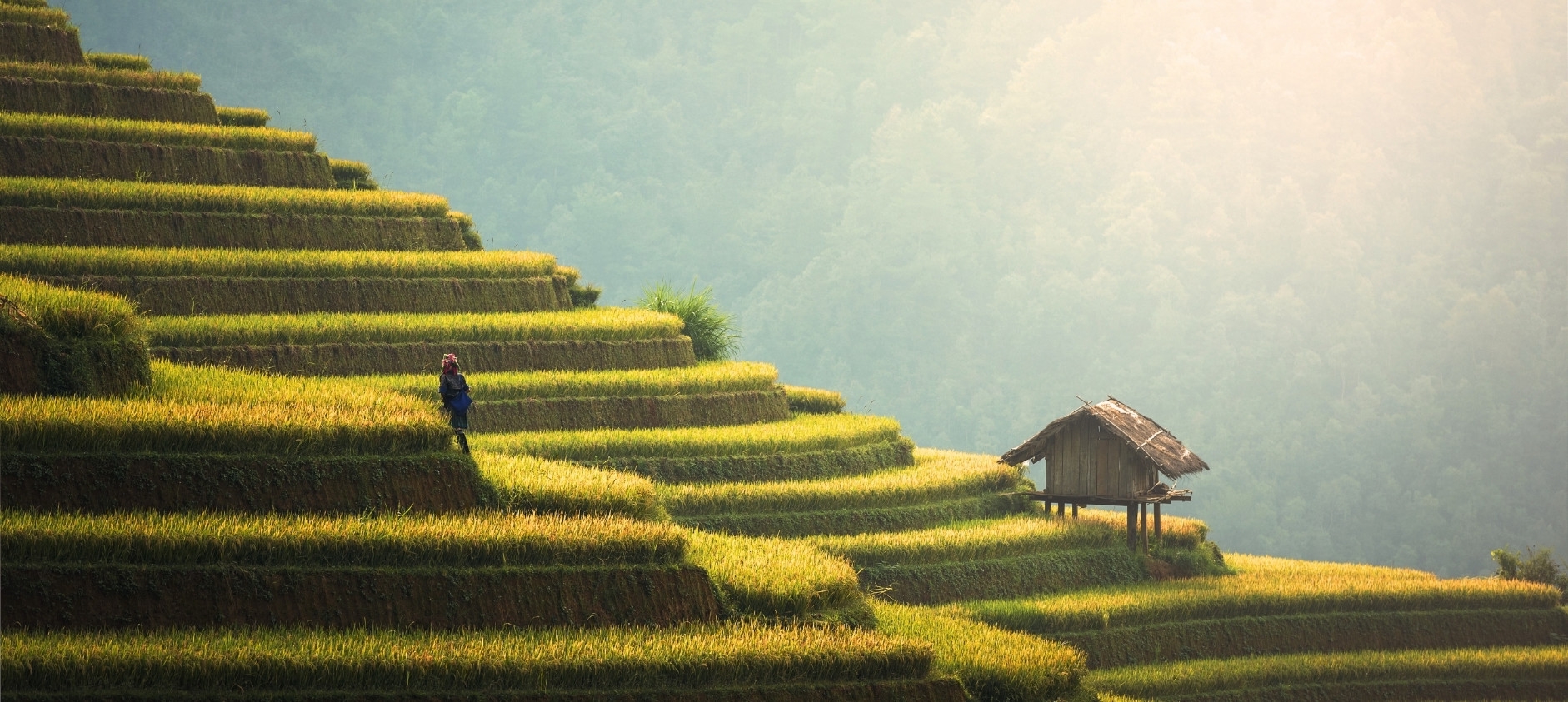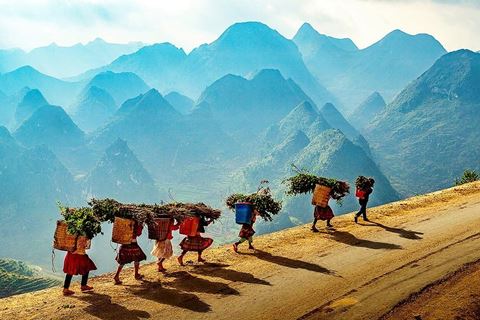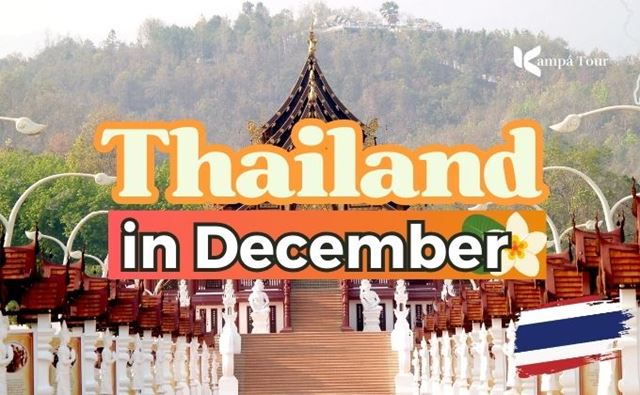July 27, 2025 - Hello, first of all, we would like to thank your company for the warm welcome, kindness, flexibility, and above all, the quick responses and excellent overall service quality.
You listened to us and perfectly solved every little issue we encountered. This is truly a trustworthy travel agency that travelers can fully rely on.
Thanks to your support, our trip became smooth and truly unforgettable.
Regarding the guides, the first thing to highlight is their very good command of French. All of them were friendly, always smiling, and knowledgeable. We keep wonderful memories of each one.
At the start of our journey, since we knew nothing about Vietnam, our guide in Hanoi, Hoa, had the difficult task of introducing us to the country’s culture and history. He succeeded brilliantly, making us eager to discover many aspects of your culture. The visit to the Museum of Ethnology and the Temple of Literature, as well as experiencing the bustling life of Hanoi, will remain
Read more
Family Voyage Across the Beautiful Vietnam in 2 Weeks
July 27, 2025
M
Mr. Philippe & friends
France











